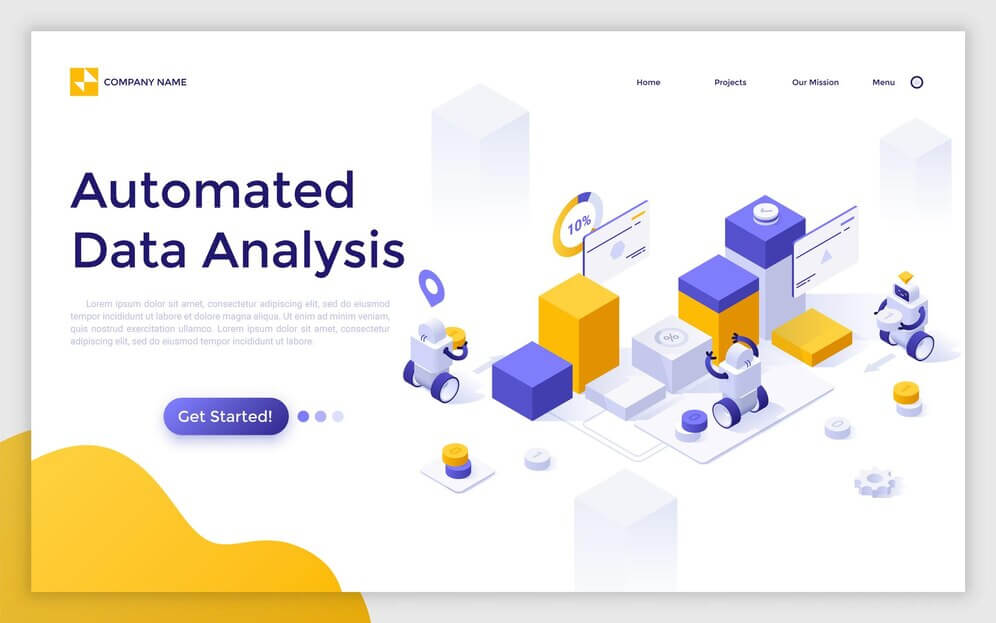As organizations increasingly adopt cloud-native technologies, the need for robust security measures has become paramount. Cloud computing offers numerous advantages, including scalability, flexibility, and cost-effectiveness. However, it also introduces new security challenges that must be carefully addressed to protect sensitive data and prevent unauthorized access.
Cloud Native Security: An Overview
Cloud-native security refers to the implementation of security practices and controls specifically designed to protect cloud-native applications and infrastructure. Unlike traditional on-premises IT environments, cloud-native environments are characterized by dynamic workloads, distributed infrastructure, and frequent deployments. This makes them more vulnerable to cyberattacks and requires a different approach to security.
Key Principles of Cloud Native Security
Cloud-native security adheres to several key principles:
- Shared Responsibility Model: Cloud providers and organizations share responsibility for security. Cloud providers secure the infrastructure, while organizations secure their applications and data.
- Zero Trust: Never trust, always verify.
- Defense in Depth: Implement multiple layers of security controls to prevent attackers from gaining access to sensitive data or systems.
- Automation: Automate security tasks to ensure consistency, reduce human error, and respond quickly to threats.
- Continuous Monitoring: Continuously monitor cloud environments for suspicious activity and potential threats.
Best Practices for Cloud Native Security
To effectively secure cloud-native environments, organizations should adopt the following best practices:
- Secure Infrastructure: Use secure cloud infrastructure services, such as Amazon Web Services (AWS) or Microsoft Azure, that offer built-in security features and regularly patch vulnerabilities.
- Secure Code Development: Implement secure coding practices to prevent vulnerabilities from being introduced into applications. Use static code analysis tools and perform penetration testing.
- Container Security: Securely manage container images, scan them for vulnerabilities, and use container registries with access control measures.
- Identity and Access Management (IAM): Implement strong IAM practices, including least privilege access and multi-factor authentication, to control user access to resources.
- Network Security: Use network segmentation, firewalls, and intrusion detection/prevention systems (IDS/IPS) to protect cloud environments from network-based attacks.
- Data Security: Encrypt data at rest and in transit, and regularly back up data to prevent data loss or unauthorized access.
- Vulnerability Management: Regularly scan cloud environments for vulnerabilities and prioritize remediation based on risk.
- Incident Response: Develop a comprehensive incident response plan to effectively detect, respond to, and recover from security incidents.
- Security Awareness and Training: Educate employees about cloud security risks and best practices to reduce human error and phishing attacks.
- Continuous Monitoring and Logging: Continuously monitor cloud environments for suspicious activity and log all actions for audit purposes.
Conclusion
Cloud-native security is an ongoing process that requires continuous vigilance and adaptation. By adopting the best practices outlined above, organizations can significantly enhance their cloud security posture and protect their valuable data and assets.















[…] Implementing Best Practices For A Secure Cloud Environment […]
[…] Implementing Best Practices For A Secure Cloud Environment […]
[…] Implementing Best Practices For A Secure Cloud Environment […]
[…] Implementing Best Practices For A Secure Cloud Environment […]
Can you be more specific about the content of your article? After reading it, I still have some doubts. Hope you can help me.